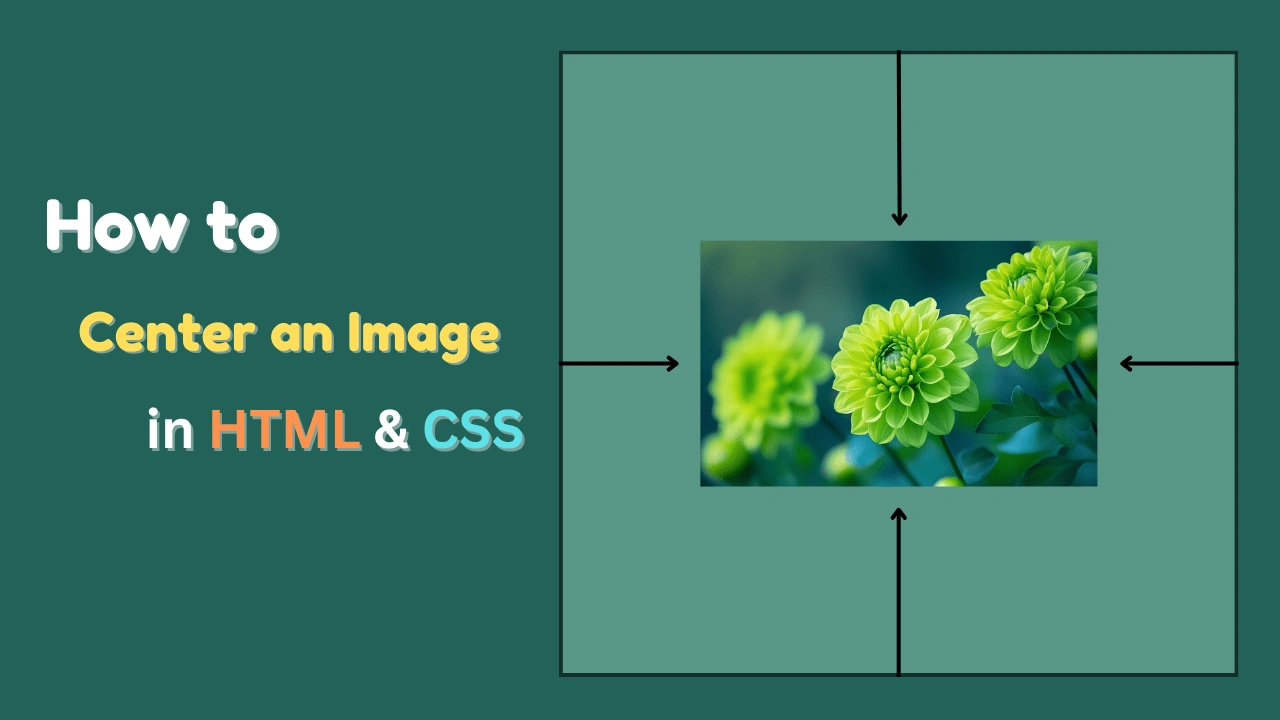If you're new to web development like I once was, you might be surprised at how fun and easy it is to create cool visual effects using just HTML and CSS. One of the simplest yet eye-catching effects is a circle loading animation. In this blog, I’ll walk you through how I made a smooth Circle Loading Animation using HTML & CSS, step-by-step.
What is a Loading Animation?
A loading animation is a visual indicator that shows something is in progress—like a page loading or data being fetched. You've probably seen spinning circles or bouncing dots on websites and apps. They help users stay patient while waiting.
Now, let's learn how to create a circle loading animation using only HTML and CSS. No JavaScript, no fancy libraries—just the basics.
How to create Circle Loading Animation using HTML & CSS
Step 1: Setting Up the HTML
HTML is like the skeleton of a webpage. For this animation, we’ll need just one simple element to act as the loader.
<!DOCTYPE html>
<html lang="en" >
<head>
<meta charset="UTF-8">
<title>Circle Loading Animation | Coder Abhijit</title>
<link rel="stylesheet" href="./style.css">
</head>
<body>
<svg class="pl" viewBox="0 0 128 128" width="128px" height="128px" xmlns="http://www.w3.org/2000/svg">
<defs>
<linearGradient id="pl-grad" x1="0" y1="0" x2="0" y2="1">
<stop offset="0%" stop-color="hsl(193,90%,55%)" />
<stop offset="100%" stop-color="hsl(223,90%,55%)" />
</linearGradient>
</defs>
<circle class="pl__ring" r="56" cx="64" cy="64" fill="none" stroke="hsla(0,10%,10%,0.1)" stroke-width="16" stroke-linecap="round" />
<path class="pl__worm" d="M92,15.492S78.194,4.967,66.743,16.887c-17.231,17.938-28.26,96.974-28.26,96.974L119.85,59.892l-99-31.588,57.528,89.832L97.8,19.349,13.636,88.51l89.012,16.015S81.908,38.332,66.1,22.337C50.114,6.156,36,15.492,36,15.492a56,56,0,1,0,56,0Z" fill="none" stroke="url(#pl-grad)" stroke-width="16" stroke-linecap="round" stroke-linejoin="round" stroke-dasharray="44 1111" stroke-dashoffset="10" />
</svg>
</body>
</html>Step 2: Adding the CSS
CSS is what gives our loader its shape, color, and movement. Save this part in a file named style.css or add it inside <style> tags in your HTML file.
* {
border: 0;
box-sizing: border-box;
margin: 0;
padding: 0;
}
:root {
--hue: 223;
--bg: hsl(var(--hue), 10%, 90%);
--fg: hsl(var(--hue), 10%, 10%);
font-size: calc(16px + (24 - 16) * (100vw - 320px) / (1280 - 320));
}
body {
background-color: var(--bg);
color: var(--fg);
font: 1em/1.5 sans-serif;
height: 100vh;
display: grid;
place-items: center;
transition: background-color 0.3s;
}
main {
padding: 1.5em 0;
}
.pl,
.pl__worm {
animation-duration: 3s;
animation-iteration-count: infinite;
}
.pl {
animation-name: bump;
animation-timing-function: linear;
width: 8em;
height: 8em;
}
.pl__ring {
stroke: hsla(var(--hue), 10%, 10%, 0.1);
transition: stroke 0.3s;
}
.pl__worm {
animation-name: worm;
animation-timing-function: cubic-bezier(0.42, 0.17, 0.75, 0.83);
}
/* Dark theme */
@media (prefers-color-scheme: dark) {
:root {
--bg: hsl(var(--hue), 10%, 10%);
--fg: hsl(var(--hue), 10%, 90%);
}
.pl__ring {
stroke: hsla(var(--hue), 10%, 90%, 0.1);
}
}
/* Animations */
@keyframes bump {
from,
42%,
46%,
51%,
55%,
59%,
63%,
67%,
71%,
74%,
78%,
81%,
85%,
88%,
92%,
to {
transform: translate(0, 0);
}
44% {
transform: translate(1.33%, 6.75%);
}
53% {
transform: translate(-16.67%, -0.54%);
}
61% {
transform: translate(3.66%, -2.46%);
}
69% {
transform: translate(-0.59%, 15.27%);
}
76% {
transform: translate(-1.92%, -4.68%);
}
83% {
transform: translate(9.38%, 0.96%);
}
90% {
transform: translate(-4.55%, 1.98%);
}
}
@keyframes worm {
from {
stroke-dashoffset: 10;
}
25% {
stroke-dashoffset: 295;
}
to {
stroke-dashoffset: 1165;
}
}Why Use This?
You can use this animation:
-
On your website while data is loading.
-
In a college project.
-
As a fun beginner practice for learning CSS animation.
And guess what? You didn’t need JavaScript or any special tools—just some lines of code and a creative mind.
When I started learning code, simple things like this gave me confidence. You don’t need to be an expert to make something cool. This Circle Loading Animation using HTML & CSS is proof of that. I hope it inspires you to try more animations and dive deeper into web development.









Leave a Reply